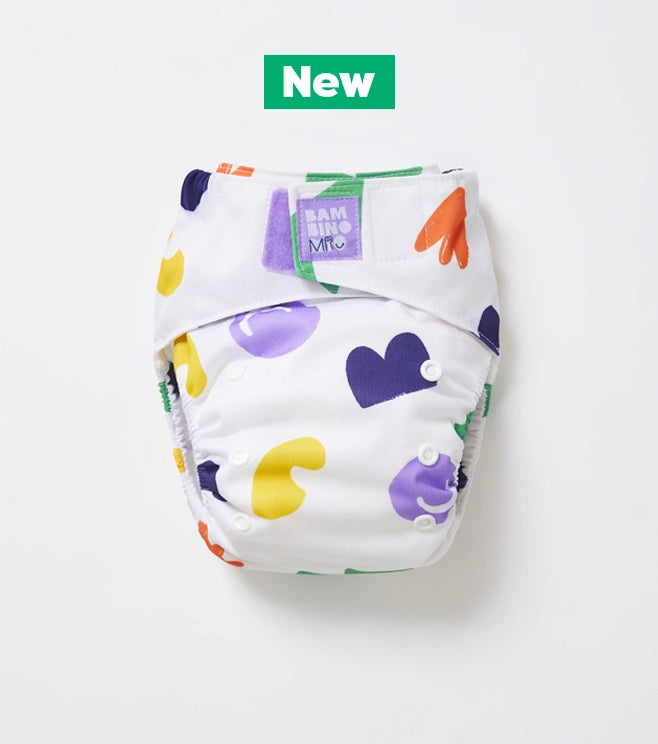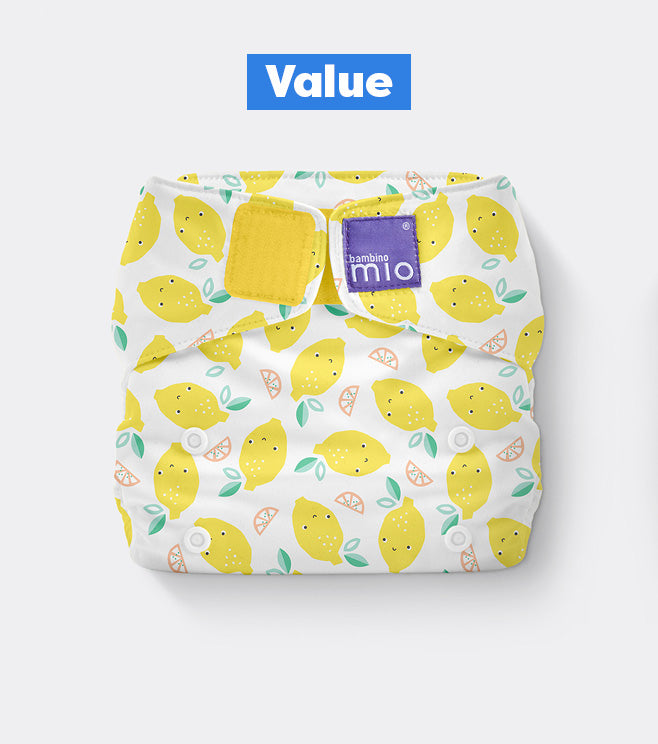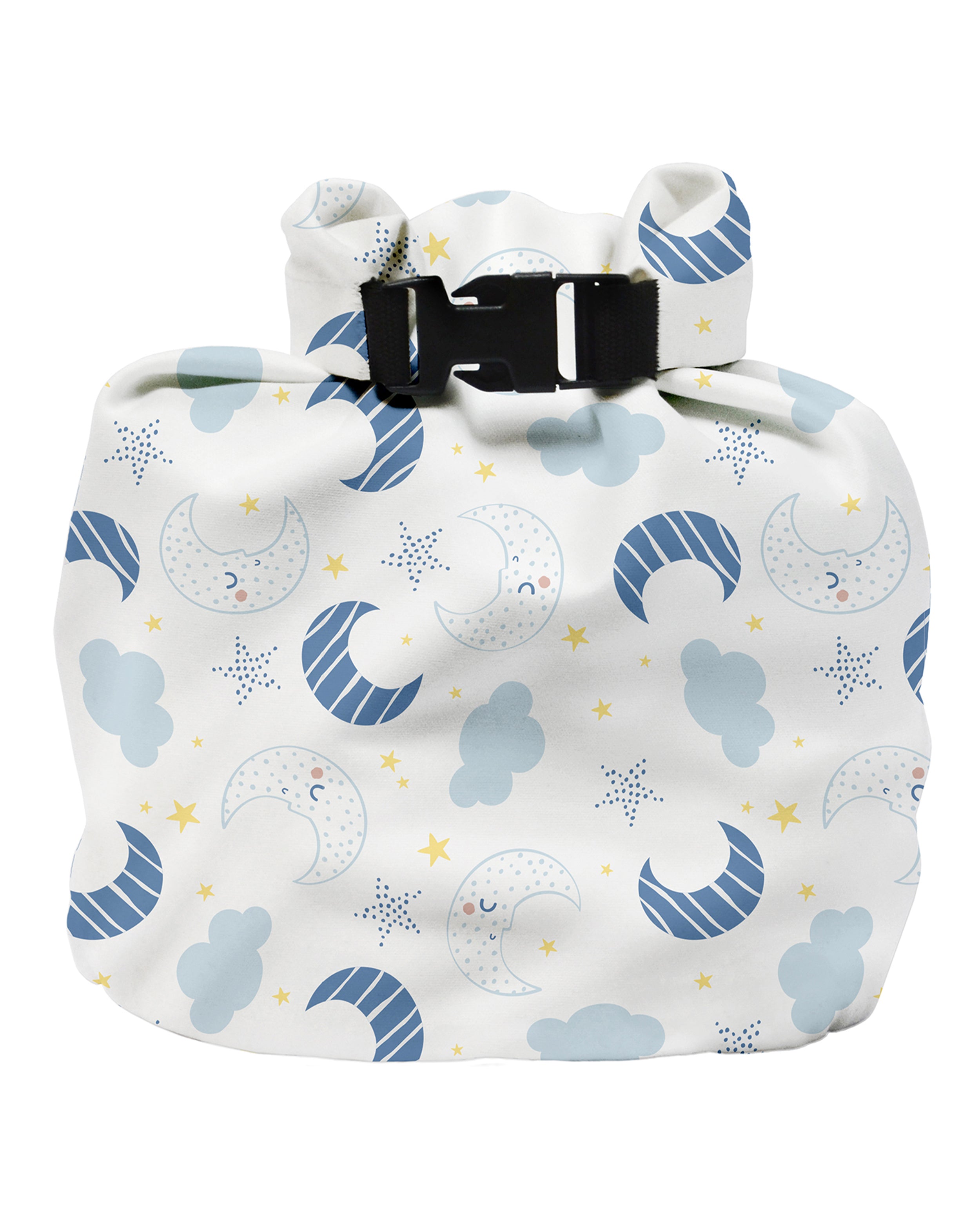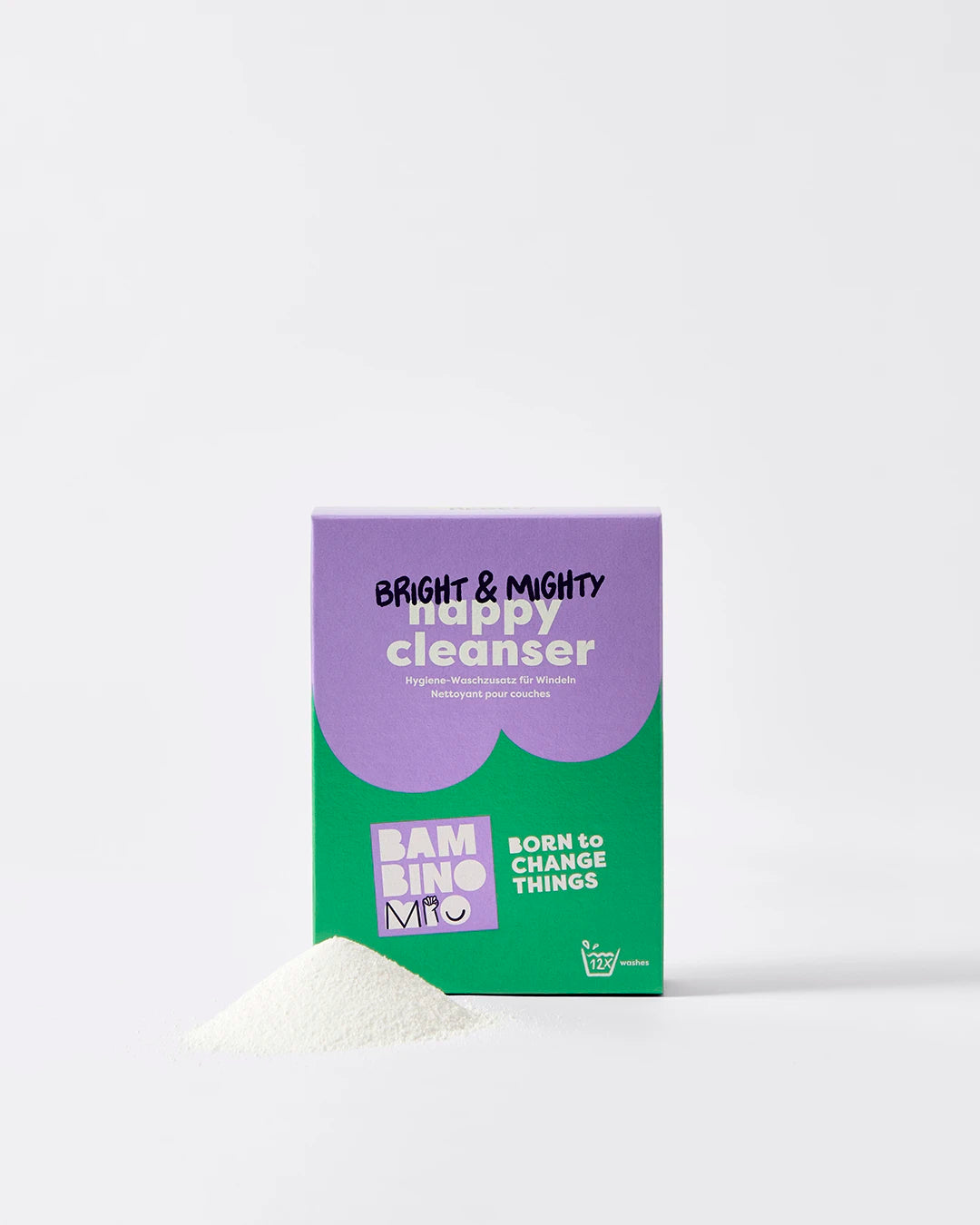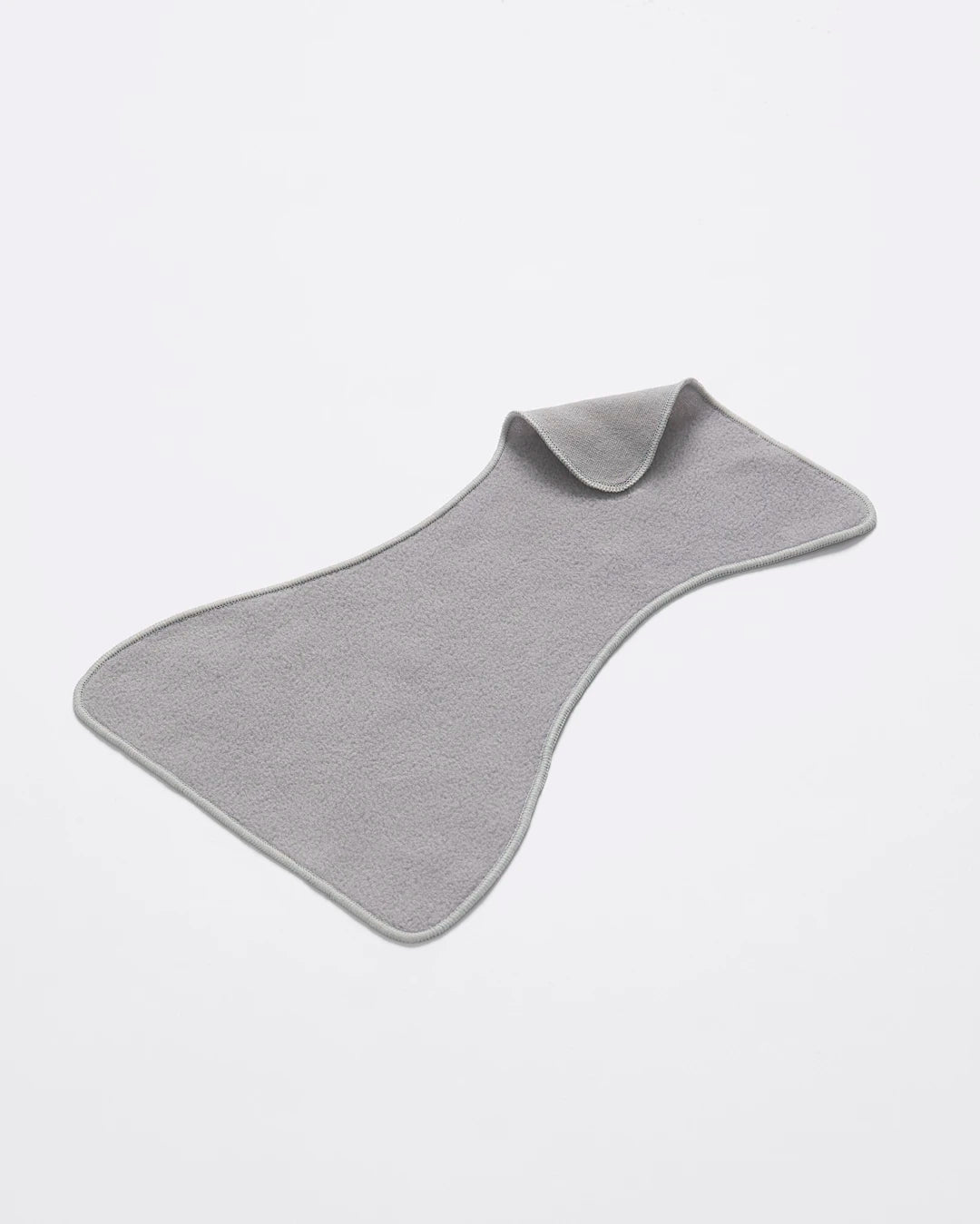Lanugo | Glossary of Pregnancy & Baby Term
Share Options
- Bambino Mio
- 31 / 07 / 2023
What is lanugo?
Lanugo (1) is the fine, feathery and usually unpigmented hair that covers at least part of the bodies of some newborn babies. It’s the first type of hair to grow from your baby’s hair follicles (2) and it grows all over your baby’s body apart from the palms, soles of their feet and their lips.
When does lanugo grow?
Most foetuses start to develop lanugo between week 16 and week 20 of pregnancy but it’s usually gone by the time they’re born as it often sheds by week 35 or so. It’s seen more often in premature babies, although some full-term babies retain some at birth and for a few weeks afterwards.
What does lanugo do?
All throughout pregnancy your baby grows in your amniotic fluid, which cushions your baby and helps them to maintain a stable temperature.
To protect their delicate skin from this long immersion, your baby develops a creamy white substance called vernix caseosa (3). This substance also helps to protect them from chafing while in the womb and it’s believed that lanugo helps the vernix to stay on the skin.
If my baby is born with lanugo, do I need to treat it?
Not at all. Some babies have a lot of lanugo while others have patches on their shoulders and arms and this hair will shed and get rubbed away during their first few weeks of life.
You’ll find that if you give your baby massages that you’ll rub away some of the lanugo, but you don’t need to actively remove this fine hair, as it doesn’t cause any problems or discomfort for your baby.
Citations and References
- National Institutes of Health (NIH). National Library of Medicine. ‘Embryology, Lanugo.’ 2022. Web. www.ncbi.nlm.nih.gov/books/NBK526092
- Cleveland Clinic. ‘Body Systems and Organs. Hair Follicle.’ 2022. Web. my.clevelandclinic.org/health/body/23435-hair-follicle
- National Institutes of Health (NIH). National Library of Medicine. ‘Unraveling the Mystery of Vernix Caseosa.’ 2008. Web. www.ncbi.nlm.nih.gov/pmc/articles/PMC2763724



